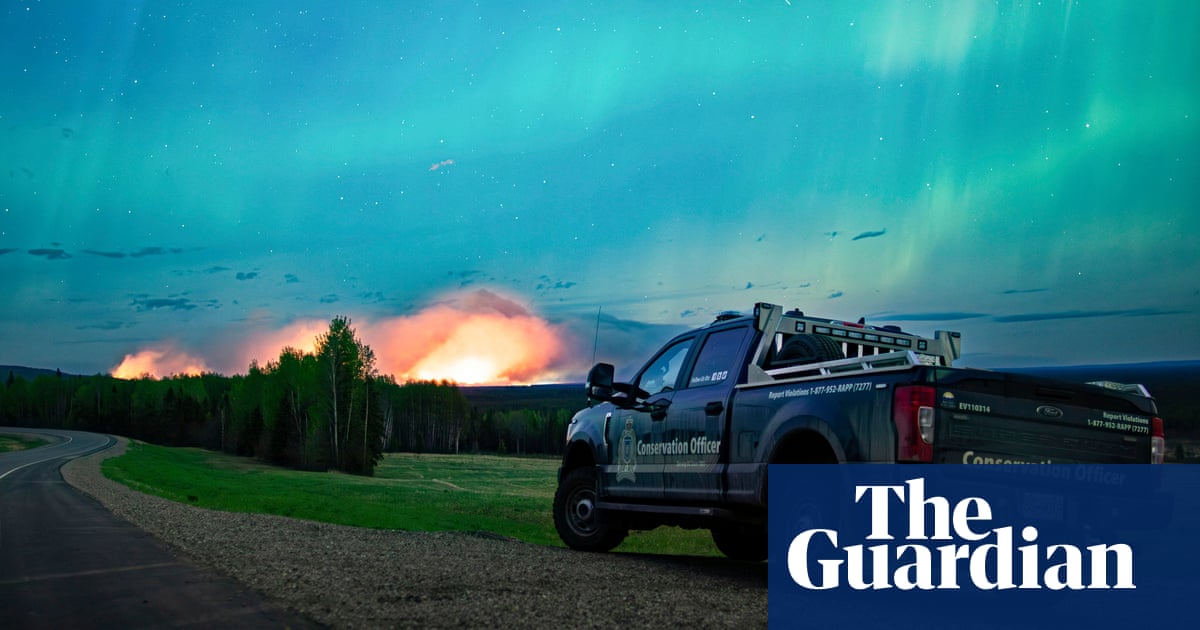Shortly before sunset on Friday, residents of Canada’s Yukon Territory discovered their connection to the outside world had disappeared. Internet access is gone. Cell phones showed no signal. Landlines were down.
Chaos quickly sets in. Electronic payments could not be processed. In Whitehorse, the capital, most ATMs did not work and the few that did were quickly emptied of money by panicking residents. City officials warned that it was not possible to call police, ambulances or firefighters.
Across much of northwest Canada, a similar spectacle played out after two wildfires damaged two key fiber optic cables. The telecommunications company affected by the outage blamed the loss on a “perfect storm” of events. But experts say the complete loss of communications was a “cascading disaster” that exposed broader weaknesses and vulnerabilities in the basic infrastructure of Canada’s North.
Northwestel, which provides telecommunications in the Yukon, Northwest Territories, Nunavut and northern British Columbia, announced Friday that a wildfire damaged a critical fiber optic cable near the town of Fort Nelson. The company said it also lost its redundancy cable due to another wildfire near the Jean Marie River and Kakisa, Northwest Territories.
Northwestel vice-president Tammy April told CBC North it was the first time the company had experienced a complete communications outage.
“Fires are happening exactly where they happened, I don’t think we’ve seen anything like this happen before,” she said. “This is extremely concerning.”
In recent years, Canada’s record wildfire seasons have hit a region of the country historically spared widespread destruction. And as the trend toward warmer temperatures and prolonged periods of dry weather is expected to continue in Canada’s North, the risk of frequent and more intense wildfire seasons also increases.
Last summer proved particularly dangerous, after nearly three-quarters of residents in the Northwest Territories were forced to flee their homes as wildfires raged near the region’s largest communities.
Disaster mitigation experts say infrastructure disruptions have a disproportionate impact on northern communities, which have far fewer resources. Most northern communities have only one road in and out, and a single visible fiber optic line connecting them to the outside world.
“We need to better understand things like ‘pinch points’ of vulnerability, where the loss of a fiber optic line, for example, has widespread impacts,” said Glenn McGillivray, chief executive of the Institute for Catastrophic Loss Reduction. He pointed to atmospheric river flooding in southwestern British Columbia in November 2021, which caused landslides and floodwaters that washed away highways, overpasses and railway lines. These events in turn led to the closure of Canada’s busiest port, forcing authorities to use airlifts to deliver food and water to stranded communities. The event also led to fuel rationing in the province.
McGillivray said the “cascading disasters” highlighted the need for more backup systems in northern communities, a reality residents know all too well.
Last year, the Fort Simpson community lost all mobile and internet connections to the outside world. During wildfire evacuations, Hay River and Fort Smith also lost connection for almost a week.
“Last year we demonstrated what this vulnerability looks like when it reaches an extreme level,” said Ollie Williams, co-founder of the Yellowknife-based association. Cabin radio. “People knew these risks existed. They are not unaware of the dangers. But the money, or in some cases the technology, simply isn’t there to solve the problem. »
The rugged nature of the terrain means that fiber optic lines cannot be buried under bedrock or permafrost, making them vulnerable to external damage. Remote locations also make it difficult to quickly repair damaged infrastructure.
“In southern Canada, the United States and Europe, the communications infrastructure is like a web around everyone, woven around the people. It’s just not like that here. “It’s so isolated and so remote that even having two fiber optic lines is a luxury — and one that can quickly disappear following two fires,” Williams said.
In recent years, companies such as Starlink, which provide Internet and mobile access via Earth satellites, have proven essential in times of disaster. When northerners lost telecommunications over the weekend, Starlink services were unaffected.
“Does this mean you can just switch and rely on Starlink all the time? Probably not. “Starlink is also experiencing these outages, and it doesn’t have the same capacity as some fiber optic lines yet,” Williams said. “Communities are realizing we just need everything we can get. »
By Sunday, residents in the north had largely restored their cell phone and internet connections. But the communications breakdown is a reminder of the risks communities face as we approach what forecasters fear will be another devastating fire season.
“Here, you are suspended from road infrastructure wires and fiber optic infrastructure wires. And every time one of these is removed, you have no information. You don’t have transportation,” Williams said. “And in a severe wildfire season, that leaves you exposed.”

“Bacon aficionado. Hardcore twitter enthusiast. Hipster-friendly pop culture expert. Student. Certified beer buff.”






